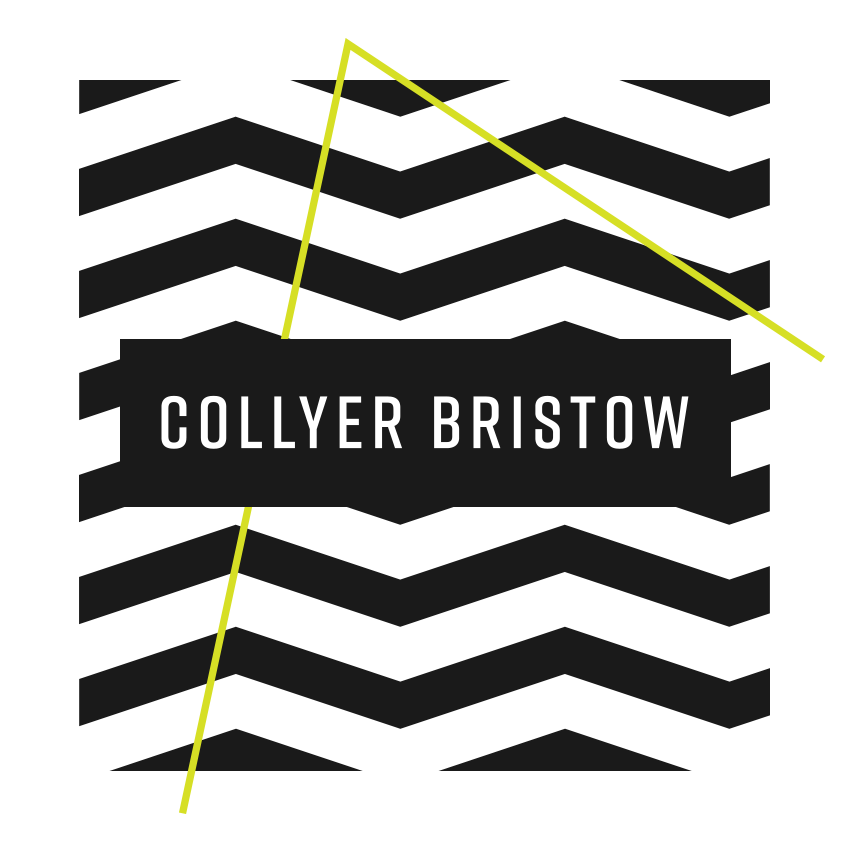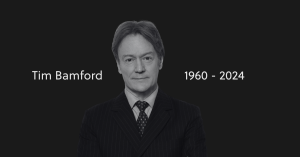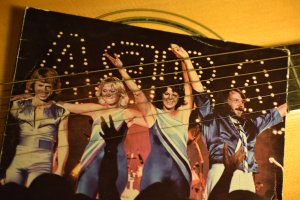- Intellectual property disputes

Longer Reads
Copyright claims up in flames: Evans v John Lewis PLC and Another
A copyright dispute over the John Lewis Christmas advert.
2 minute read
Published 12 May 2023
Key information
- Specialisms
- Business
- Services
- Intellectual property disputes
The hand-down of the judgment in the case of Evans v John Lewis PLC and Another (2023) at the beginning of April caused a flurry of media excitement. The story was an eye-catching one: at its heart was the content of the John Lewis Christmas advert, the release of which each year has now become a crucial staging-post in the nation’s Christmas preparations. The judgment itself contained color illustrations of cute and cuddly dragons to leaven the legalese. But does the decision have any wider lessons for intellectual property lawyers, in and amongst the media hype?
The judgment is an interesting one, which clearly sets out the current workings of copyright law. The claim had been brought by Fay Evans, who was the author of a children’s book called Fred the Fire-sneezing Dragon, self-published and launched in September 2017. She claimed that John Lewis’s Christmas advert for 2019 and its spin-off book, which featured dragon characters (known in the book version as Excitable Edgar), infringed the copyright in her Fred book. She alleged that certain similarities between her Fred character and situation and the narrative of her book, and the 2019 advert and accompanying book, could only be accounted for by the Defendants (John Lewis and the creative agency who produced the advert) having copied elements of her creation.
John Lewis denied the copying allegation. They relied on the differences between Evans’ creation and the John Lewis dragon characters and argued that to the extent there were any similarities, they arose from both characters being based on the same underlying concept (of a friendly dragon with issues controlling his emissions of fire), which had been developed independently by the advertising agency. This was evidenced by an outline document produced by them in 2016 (the original advert concept having been pitched for previous years’ campaigns) – before the publication of Evans’ work.
It was not in dispute by the time of the trial that literary and artistic copyright subsisted in Evans’ work, and that she was the owner of such copyright. The existing case law indicates that copyright may subsist in the arrangement and development of ideas, characters, and the narrative within literary works, as well as in the words themselves. The key issue at stake, therefore, was the matter of whether there had been actual copying on the part of the Defendants. In assessing this, the judge considered whether direct access – or a strong inference of access in the circumstances – to Evans’ work on the part of the Defendants could be evidenced (mere possibility of access without more being insufficient). In short, she found that it could not. A number of the alleged similarities were to be found in the 2016 outline document, which was of course produced before the publication of Evans’ work. Of those alleged similarities not found in the 2016 outline document, none were sufficiently similar to find a presumption of copying. Moreover, the case that the Defendants had access to Evans’ work was, in the judge’s words ‘so weak’. Evans’ book sold only in very small numbers, and there was ‘not a scrap of evidence of actual access’ by the Defendants’ teams.
The existence of the 2016 outline document was clearly a critical element in the success of the Defendants’ case, as it was able to evidence the originality of their particular works, arising as they did (along with Evans’ works) from wider and long-existing cultural tropes about dragons. One take-away for creatives might therefore be the importance of contemporaneous documenting and recording of the creative process. While characters, narrative arcs and plot development are all capable of attracting copyright protection, there still needs to be a careful assessment of the real similarities and differences between any two works, as well as consideration of actual access or a strong inference of access by the alleged copy-er, to find a successful infringement claim.
This article was first published by The Trademark Lawyer on May 11 2023.
For more information, visit our Intellectual Property Disputes page.
Related content
Longer Reads
Copyright claims up in flames: Evans v John Lewis PLC and Another
A copyright dispute over the John Lewis Christmas advert.
Published 12 May 2023
Associated sectors / services
The hand-down of the judgment in the case of Evans v John Lewis PLC and Another (2023) at the beginning of April caused a flurry of media excitement. The story was an eye-catching one: at its heart was the content of the John Lewis Christmas advert, the release of which each year has now become a crucial staging-post in the nation’s Christmas preparations. The judgment itself contained color illustrations of cute and cuddly dragons to leaven the legalese. But does the decision have any wider lessons for intellectual property lawyers, in and amongst the media hype?
The judgment is an interesting one, which clearly sets out the current workings of copyright law. The claim had been brought by Fay Evans, who was the author of a children’s book called Fred the Fire-sneezing Dragon, self-published and launched in September 2017. She claimed that John Lewis’s Christmas advert for 2019 and its spin-off book, which featured dragon characters (known in the book version as Excitable Edgar), infringed the copyright in her Fred book. She alleged that certain similarities between her Fred character and situation and the narrative of her book, and the 2019 advert and accompanying book, could only be accounted for by the Defendants (John Lewis and the creative agency who produced the advert) having copied elements of her creation.
John Lewis denied the copying allegation. They relied on the differences between Evans’ creation and the John Lewis dragon characters and argued that to the extent there were any similarities, they arose from both characters being based on the same underlying concept (of a friendly dragon with issues controlling his emissions of fire), which had been developed independently by the advertising agency. This was evidenced by an outline document produced by them in 2016 (the original advert concept having been pitched for previous years’ campaigns) – before the publication of Evans’ work.
It was not in dispute by the time of the trial that literary and artistic copyright subsisted in Evans’ work, and that she was the owner of such copyright. The existing case law indicates that copyright may subsist in the arrangement and development of ideas, characters, and the narrative within literary works, as well as in the words themselves. The key issue at stake, therefore, was the matter of whether there had been actual copying on the part of the Defendants. In assessing this, the judge considered whether direct access – or a strong inference of access in the circumstances – to Evans’ work on the part of the Defendants could be evidenced (mere possibility of access without more being insufficient). In short, she found that it could not. A number of the alleged similarities were to be found in the 2016 outline document, which was of course produced before the publication of Evans’ work. Of those alleged similarities not found in the 2016 outline document, none were sufficiently similar to find a presumption of copying. Moreover, the case that the Defendants had access to Evans’ work was, in the judge’s words ‘so weak’. Evans’ book sold only in very small numbers, and there was ‘not a scrap of evidence of actual access’ by the Defendants’ teams.
The existence of the 2016 outline document was clearly a critical element in the success of the Defendants’ case, as it was able to evidence the originality of their particular works, arising as they did (along with Evans’ works) from wider and long-existing cultural tropes about dragons. One take-away for creatives might therefore be the importance of contemporaneous documenting and recording of the creative process. While characters, narrative arcs and plot development are all capable of attracting copyright protection, there still needs to be a careful assessment of the real similarities and differences between any two works, as well as consideration of actual access or a strong inference of access by the alleged copy-er, to find a successful infringement claim.
This article was first published by The Trademark Lawyer on May 11 2023.
For more information, visit our Intellectual Property Disputes page.
Associated sectors / services
- Intellectual property disputes
Need some more information? Make an enquiry below.
Enjoy reading our articles? why not subscribe to notifications so you’ll never miss one?
Subscribe to our articlesMessage us on WhatsApp (calling not available)
Please note that Collyer Bristow provides this service during office hours for general information and enquiries only and that no legal or other professional advice will be provided over the WhatsApp platform. Please also note that if you choose to use this platform your personal data is likely to be processed outside the UK and EEA, including in the US. Appropriate legal or other professional opinion should be taken before taking or omitting to take any action in respect of any specific problem. Collyer Bristow LLP accepts no liability for any loss or damage which may arise from reliance on information provided. All information will be deleted immediately upon completion of a conversation.
Close
































